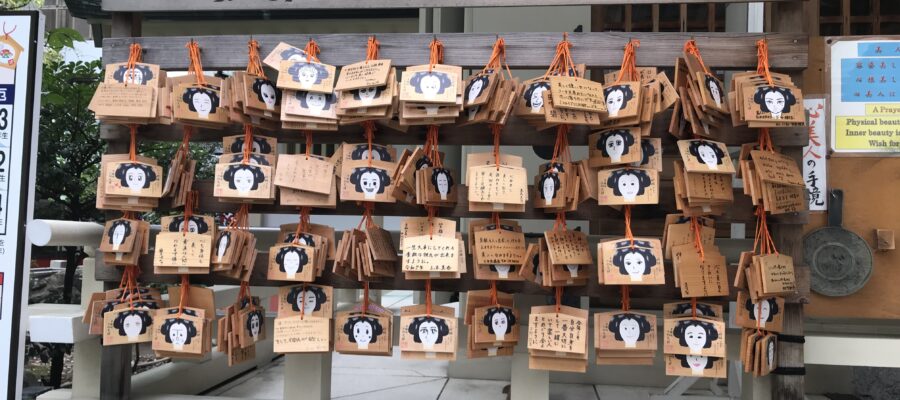曽根崎心中ゆかりの地
大阪梅田の駅に近い場所に、近松門左衛門の「曾根崎心中」ゆかりの露天(つゆのてん)神社、通称の方が有名ですが、お初天神があります。お初天神通りという飲み屋街を南に下ると到着します。時々、飲み屋街には来ていたのですが、今回初めてお参りにきました。もしかしたら、中之島の事務所から一番近い、有名な神社かもしれません。
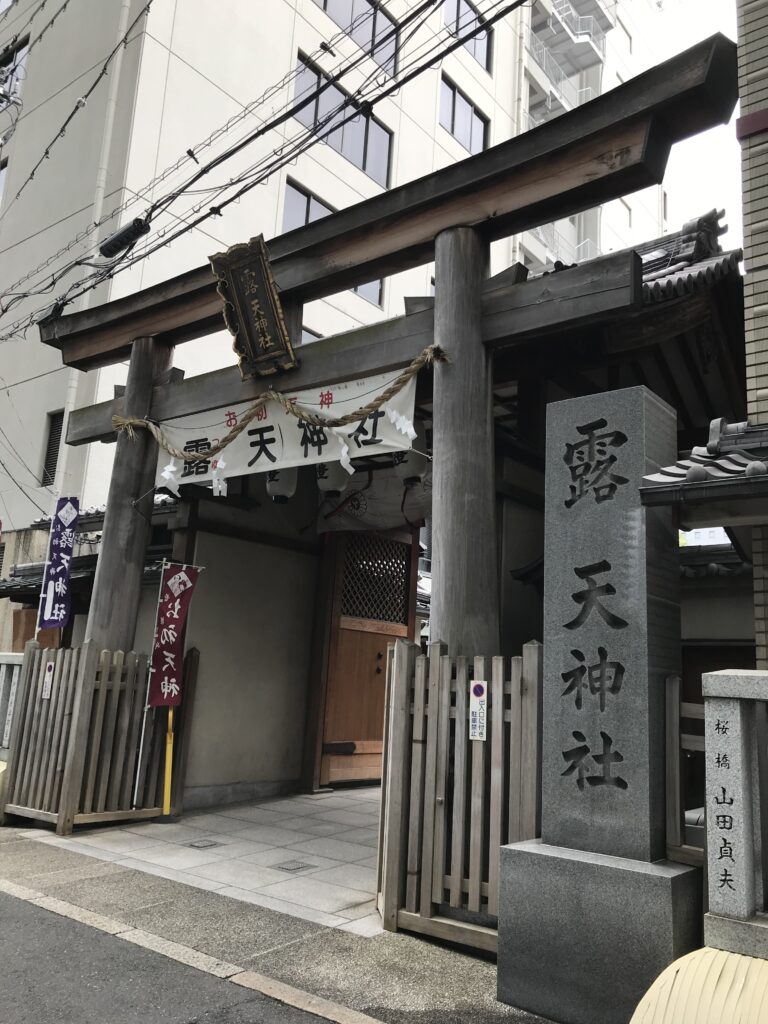
お初と徳兵衛の心中理由
御存知の通り、曽根崎心中は、お初と徳兵衛という恋仲の二人が心中をするというストーリーです。徳兵衛は、死ぬ以外に、自らの潔白を証明し、名誉を回復する手段がなかったという話なのですが、自らの死が身の潔白の証明になるという考え自体が、現代を生きる人間には違和感があると思います。
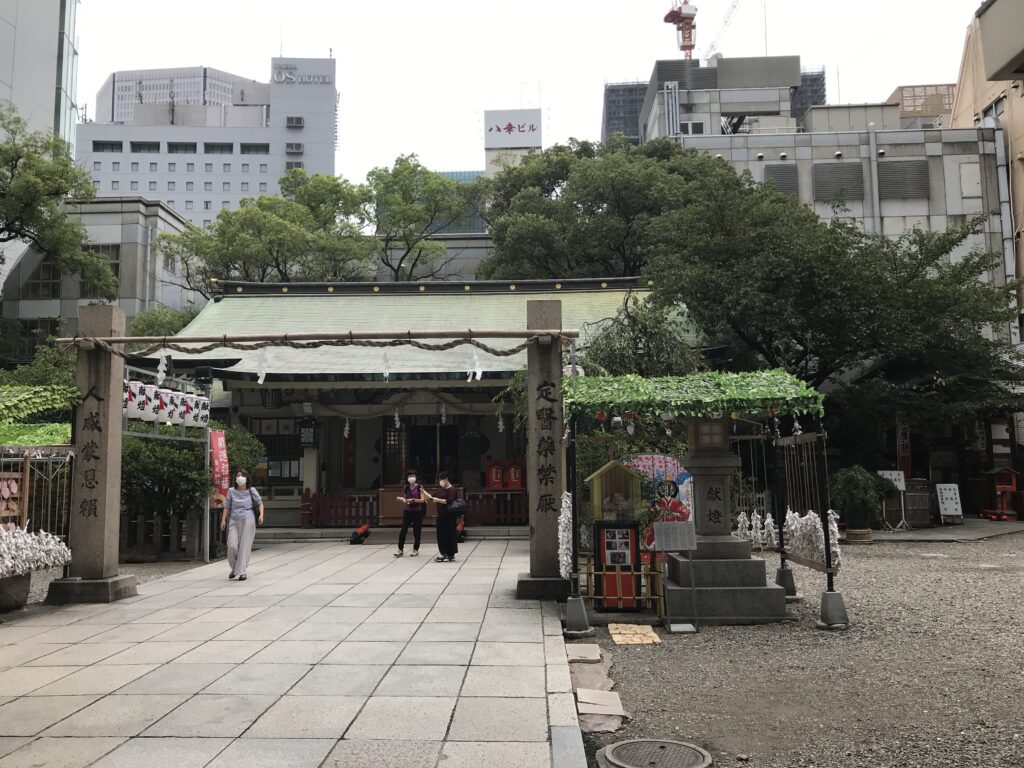
文楽や歌舞伎の演目には江戸時代の人々の考え方が反映されているので、ときどき、えっ、なんでそういう展開になるのと思えるシーンに出会います。特に心中と自死する場面の理由が、非常に弱く感じてしまいます。当時は、十分に死に値することと受け止められていたのでしょうか。
美人祈願絵馬
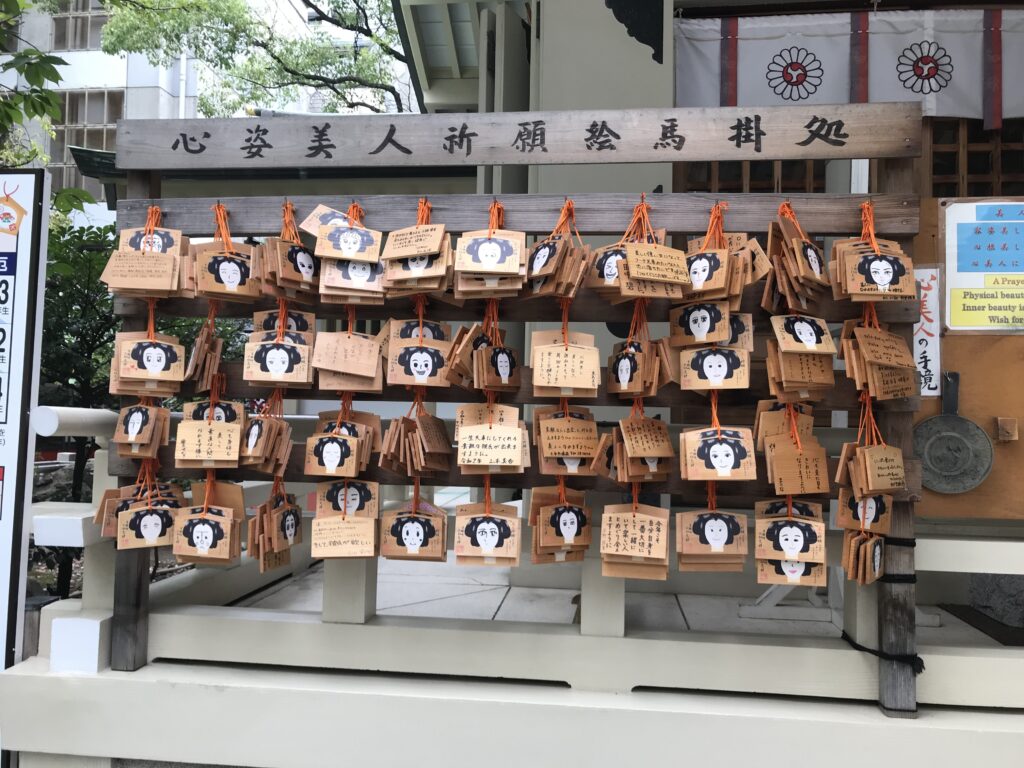
さて、境内を見回してみると、心姿美人祈願絵馬掛処があり、たくさんの願いを込めた絵馬が掛けてあります。目に入ったものを眺めてみると、冗談か本気かわかりませんが、かなり切実な願望に見えます。日本語以外もあります。タイ語でしょうか。夢見る乙女は世界共通なのかもしれません。
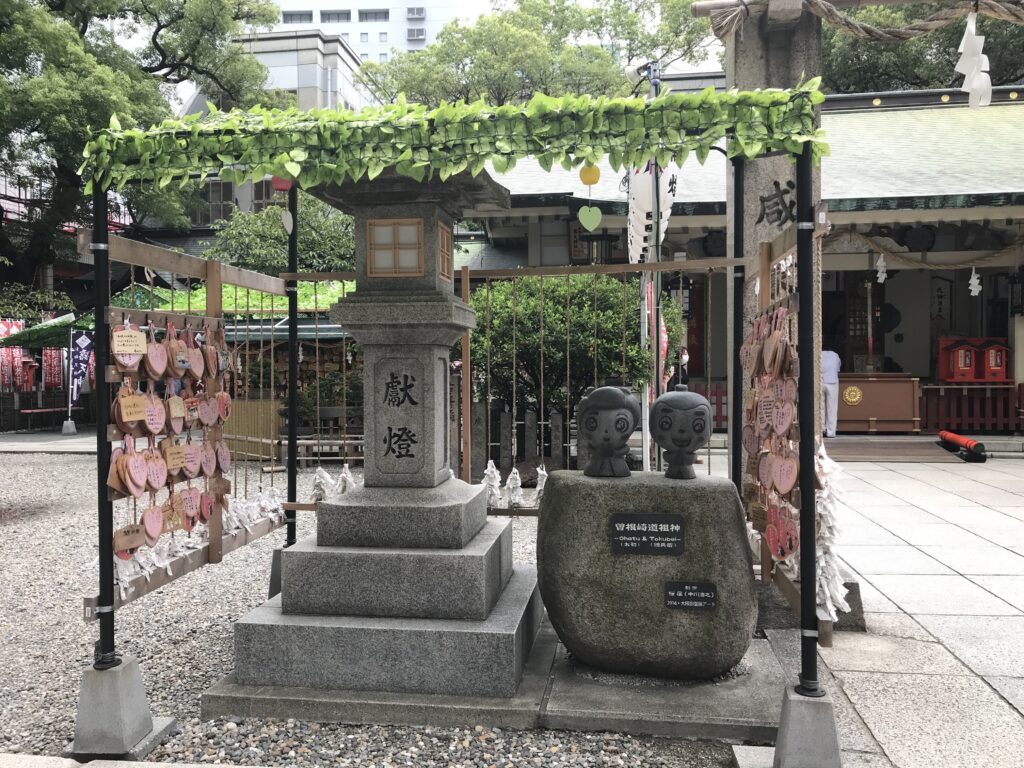
お初と徳兵衛のマンガチックな石像もありました。曽根崎心中の演目を見る機会は、それほどありませんが、お初天神の人気は現代も高いように感じました。(完)
お初天神の御朱印
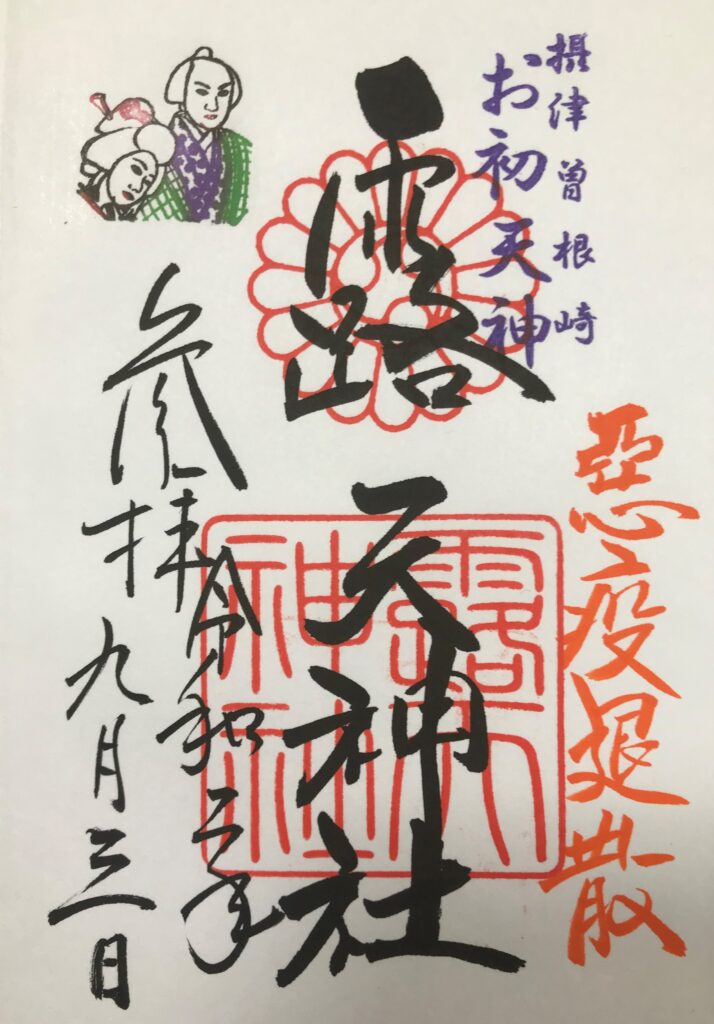
曽根崎心中のあらすじが載っている書籍
文楽の入門書です。曽根崎心中以外にも主な演目のあらすじを解説してくれています。
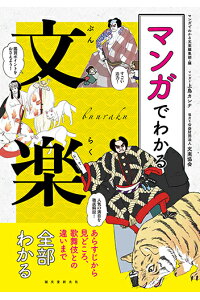
マンガでわかる文楽 あらすじから見どころ、歌舞伎との違いまで全部わかる [ マンガでわかる文楽編集部 ]
価格:1,760円
(2021/5/14 15:33時点)
感想(0件)
Ohatsu Tenjin Shrine
Located near the station in Umeda, Osaka, is Ohatsu Tenjin, more commonly known as Tsuyu-no-Ten Shrine, which is associated with Monzaemon Chikamatsu’s “Sonezakishinju”. It is reached by walking south down the drinking street called Ohatsu Tenjin Dori. Although I have visited the drinking street from time to time, this is the first time I have come to visit the shrine. Perhaps it is the nearest and most famous shrine from our office in Nakanoshima.
As you know, Sonezakishinju is the story of two people in love, Hatsu and Tokubei, who commit shinju (suicide). Tokubei had no other way to prove his innocence and regain his honor than to die, but the idea that one’s own death is proof of one’s innocence itself seems strange to people living today.
Bunraku and Kabuki performances reflect the thinking of the people of the Edo period, so I sometimes encounter scenes that make me wonder why they turn out the way they do. In particular, I feel that the reasons for the heart-rending and suicide scenes are very weak. Was it accepted as something worthy of death enough at the time?
Looking around the temple grounds, I found an ema (votive picture tablet) place for praying for a beautiful figure in one’s heart, and many votive picture tablets were hung there. I don’t know if they are joking or serious, but they seem to be very earnest wishes. There are also some in languages other than Japanese. Is it Thai? Perhaps the dreaming lady is universal.
There is also a cartoonish stone statue of Ohatsu and Tokubei. Although there are not so many opportunities to see the performance of Sonezakishinju, I felt that Ohatsu Tenjin is very popular even today. (End)
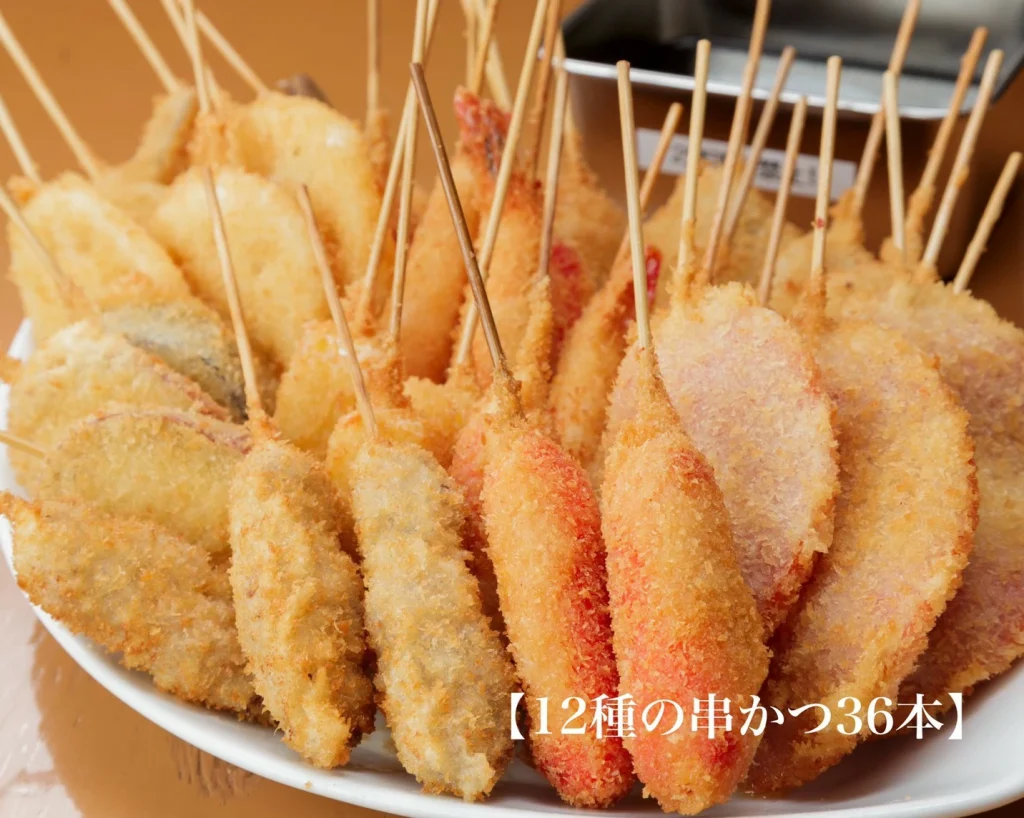
価格:5,980円
(2022/1/2 18:24時点)
感想(2件)
Sanctuaire Ohatsu Tenjin
Situé près de la gare d’Umeda, à Osaka, se trouve Ohatsu Tenjin, plus communément appelé le sanctuaire Tsuyu-no-Ten, qui est associé au “Sonezakishinju” de Monzaemon Chikamatsu. On y accède en marchant vers le sud dans la rue des bars appelée Ohatsu Tenjin Dori. Bien que j’aie visité la rue des débits de boissons de temps en temps, c’est la première fois que je viens visiter le sanctuaire. C’est peut-être le sanctuaire le plus proche et le plus connu de notre bureau de Nakanoshima.
Comme vous le savez, Sonezakishinju est l’histoire de deux personnes amoureuses, Hatsu et Tokubei, qui commettent un shinju (suicide). Tokubei n’avait pas d’autre moyen que de mourir pour prouver son innocence et regagner son honneur, mais l’idée que sa propre mort soit une preuve de son innocence semble étrange pour les personnes vivant aujourd’hui.
Les spectacles de Bunraku et de Kabuki reflètent la pensée des gens de l’époque d’Edo, et je rencontre parfois des scènes qui me font me demander pourquoi elles se déroulent ainsi. En particulier, j’ai l’impression que les raisons des scènes de déchirement et de suicide sont très faibles. Était-ce suffisamment accepté comme une chose digne de mort à l’époque ?
En regardant dans l’enceinte du temple, j’ai trouvé un emplacement ema (tablette d’image votive) pour prier pour une belle figure dans son cœur, et de nombreuses tablettes d’image votive y étaient accrochées. Je ne sais pas s’il s’agit de plaisanterie ou de sérieux, mais il semble s’agir de souhaits très sincères. Il y en a aussi dans d’autres langues que le japonais. Est-ce du thaï ? Peut-être que la dame qui rêve est universelle.
Il y a aussi une statue de pierre caricaturale représentant Ohatsu et Tokubei. Bien qu’il n’y ait pas beaucoup d’occasions de voir la représentation de Sonezakishinju, j’ai eu l’impression que Ohatsu Tenjin est très populaire, même aujourd’hui. (Fin)
